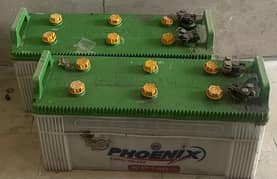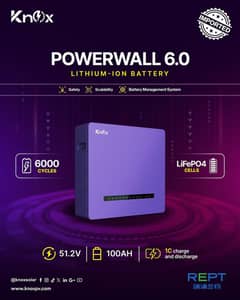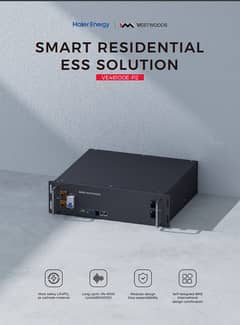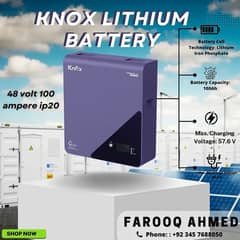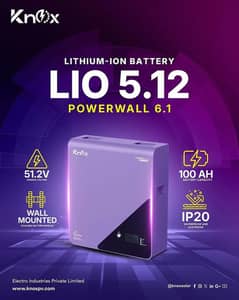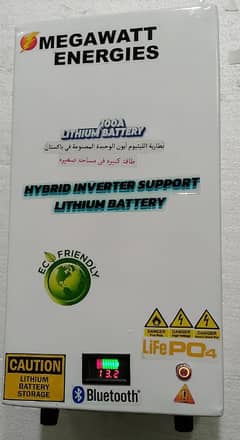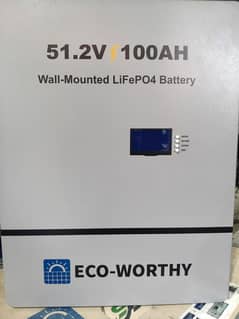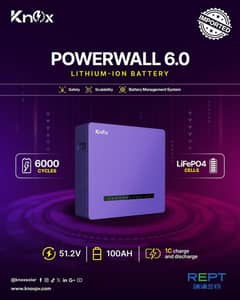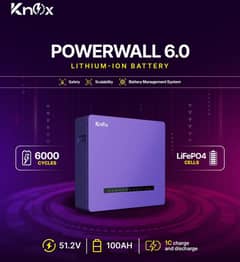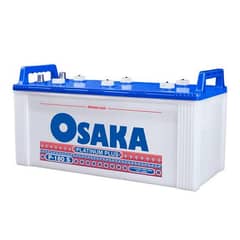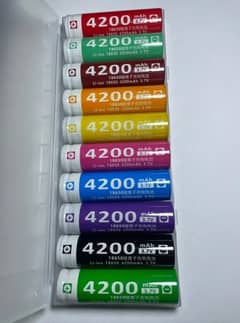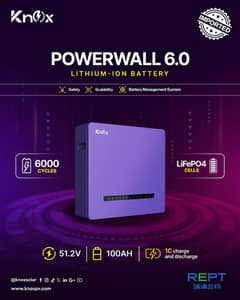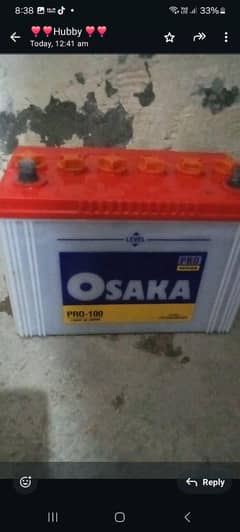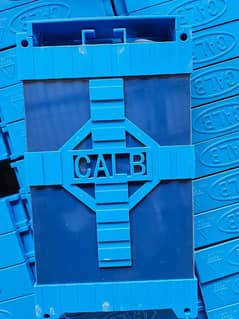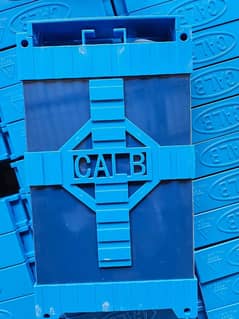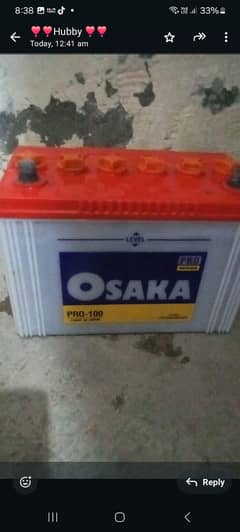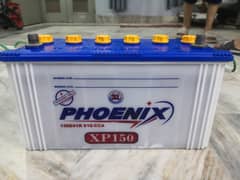Only in Batteries
Batteries in Taj Colony
0 Results
Categories
Location
D Ground(15)
Sargodha Road(10)
Jhang Road(9)
Bilal Nagar(8)
Others(7)
Chak 189 RB Garhi Rasulpur(6)
Ghulam Mohammad Abad(5)
Satiana Road(5)
204 Chak Road(5)
Canal Road(4)
Abdullah City(3)
Akbar Colony(3)
Allama Iqbal Colony(3)
D Type Colony(3)
Gulberg(3)
Chak Jhumra(3)
Khurianwala(2)
Zia Colony(2)
Millat Chowk(2)
Green Town(2)
FDA City(2)
Ayub Colony(2)
Chak 7 JB Kohala(2)
Gulfishan Colony(2)
Madina Town(2)
Civil Lines(2)
Gatwala Chowk(2)
Johar Colony(1)
Samundari Road(1)
Chak 208 Road(1)
Pepsi Road(1)
Nisar Colony(1)
Nawab Town(1)
Link Ring Road(1)
Nazimabad(1)
Malikpur(1)
Clock Tower 8 Bazar(1)
Jaranwala(1)
Factory Area(1)
Hanif Garden(1)
Price
Rs 100
Rs 50 Lacs
Want to see your stuff here?Make some extra cash by selling things in your community. Go on, it's quick and easy.



